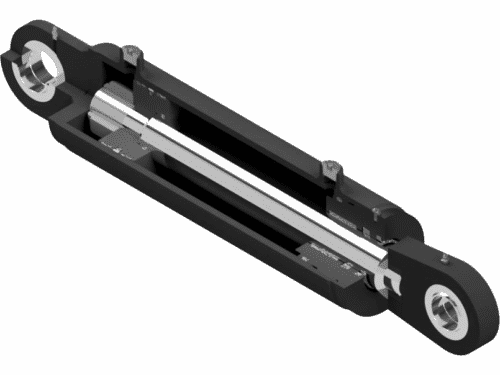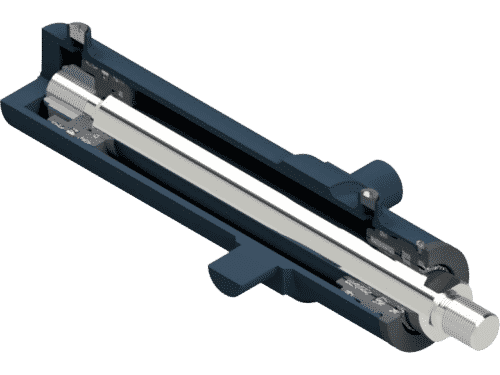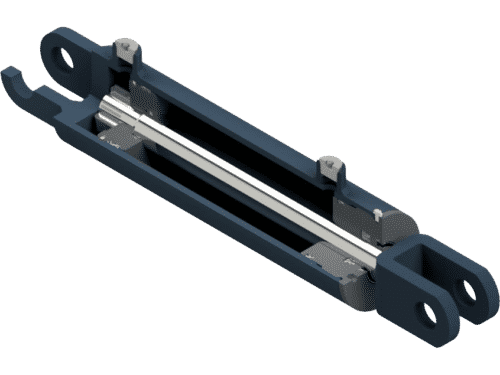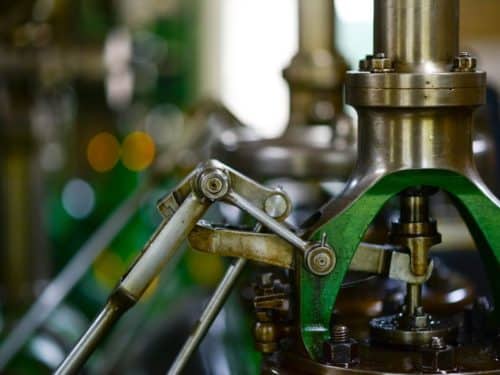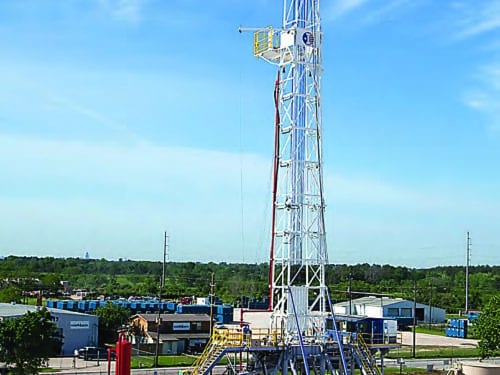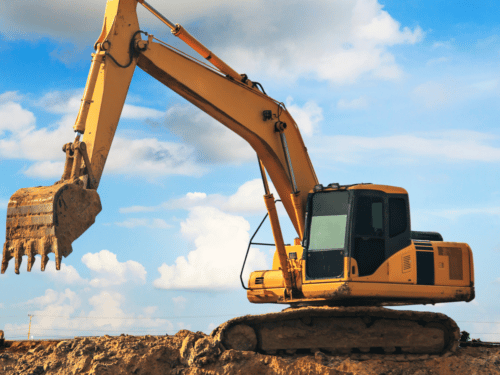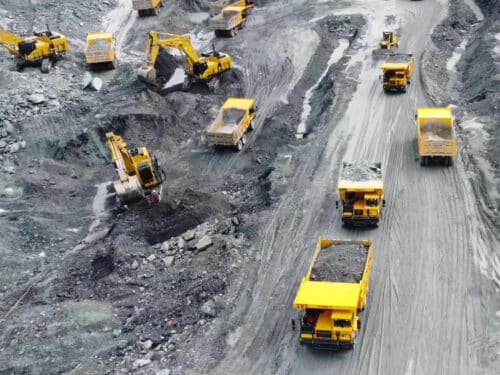Two of the most widespread hydraulic cylinder types are tie rod cylinders and welded rod cylinders. While both configurations are used to power hydraulic systems, they have several key differences and are each suited to varying applications and conditions.
Tie Rod Hydraulic Cylinders
Tie rod cylinders are held together by tie rods running the length of the cylinder and usually have square or rectangular end caps. These hydraulic cylinders are typically made from high-strength steel and generally can’t handle pressures above 3,000 PSI. Tie rod cylinders often meet guidelines set by the National Fluid Power Association (NFPA), which means they follow standard designs to facilitate part interchangeability. These design criteria include bore size, rod diameter, port size and locations, mounting dimensions, and stroke lengths.
Tie rod cylinders feature simple constructions that are easy to repair in the field with common wrenches and tools. They offer design flexibility and easily accessible component part replacements, making them one of the most widely used cylinders in industrial and mobile machinery.
Welded Rod Hydraulic Cylinders
More complex than their tie rod cylinder counterparts, welded rod hydraulic cylinders feature compact designs and withstand pressures up to 5,000 PSI or greater. Welded hydraulic cylinders are constructed by welding the barrel to the end caps with ports welded directly to the barrel. Ports can be freely located around the cylinder’s circumference, though they are often placed near the end or head caps. The front gland is bolted or threaded to the barrel to make servicing and maintenance a straightforward process.
Due to the lack of tie rods, welded rod hydraulic cylinders are much easier to keep clean as their exterior does not capture debris. They are available in single-acting or double-acting types to meet your needs and are well-suited to heavy-duty hydraulic cylinder applications.
Deciding Between a Welded Rod or Tie Rod Cylinder
The best way to decide between choosing a welded cylinder or a tie rod hydraulic cylinder is through considering the needs of your application, such as anticipated loads, operation duration, and budget requirements.
Choose a tie rod hydraulic cylinder when:
- You are conducting a low-pressure application.
- You require a cost-effective hydraulic cylinder to satisfy budget restrictions.
- Your application requires a cylinder type with uncomplicated repair, maintenance, and installation capacities.
Choose a welded rod cylinder when:
- Your application requires cylinders that can withstand high-pressure or heavy-duty uses without leakage.
- Your application demands highly durable equipment.
- Installation space is limited, or mobility is critical.
In many applications, a welded rod hydraulic cylinder can be used in place of a tie rod cylinder to lower the likelihood of leaks, provide a smooth and cleanable exterior, or increase your system’s durability.
Purpose-Built™ Hydraulic Cylinders to Meet Your Specifications
From manufacturing custom hydraulic cylinders to providing industry-leading cylinder knowledge, Aggressive Hydraulics keeps quality at the center of everything we do. If you have questions about the difference between tie rod cylinders and welded cylinders or want to learn more about your options, contact us today. For specific pricing information and to receive a quote, fill out our custom rod cylinder application. Our USA-based customer service team will be in touch to create a Purpose-Built™ cylinder that meets each of your specifications.
